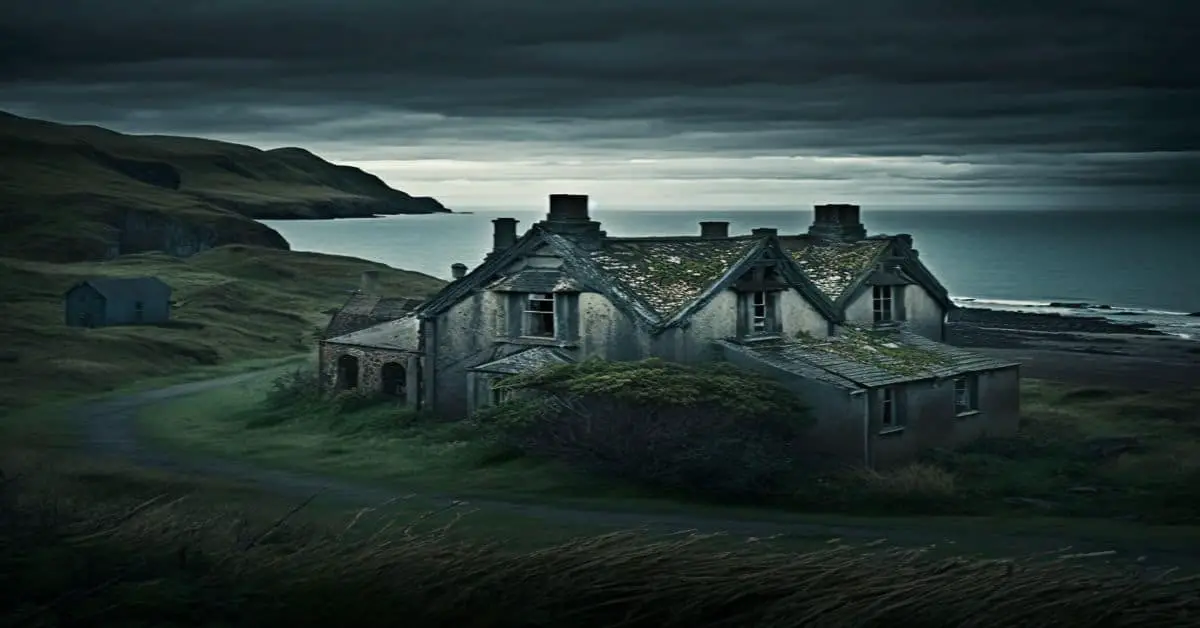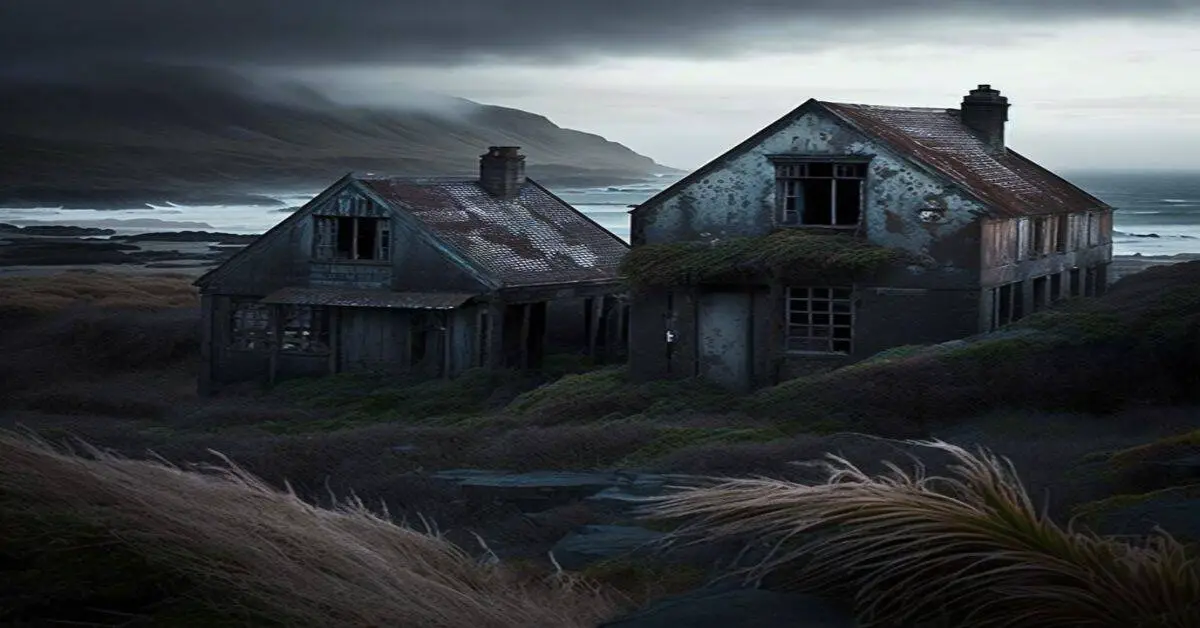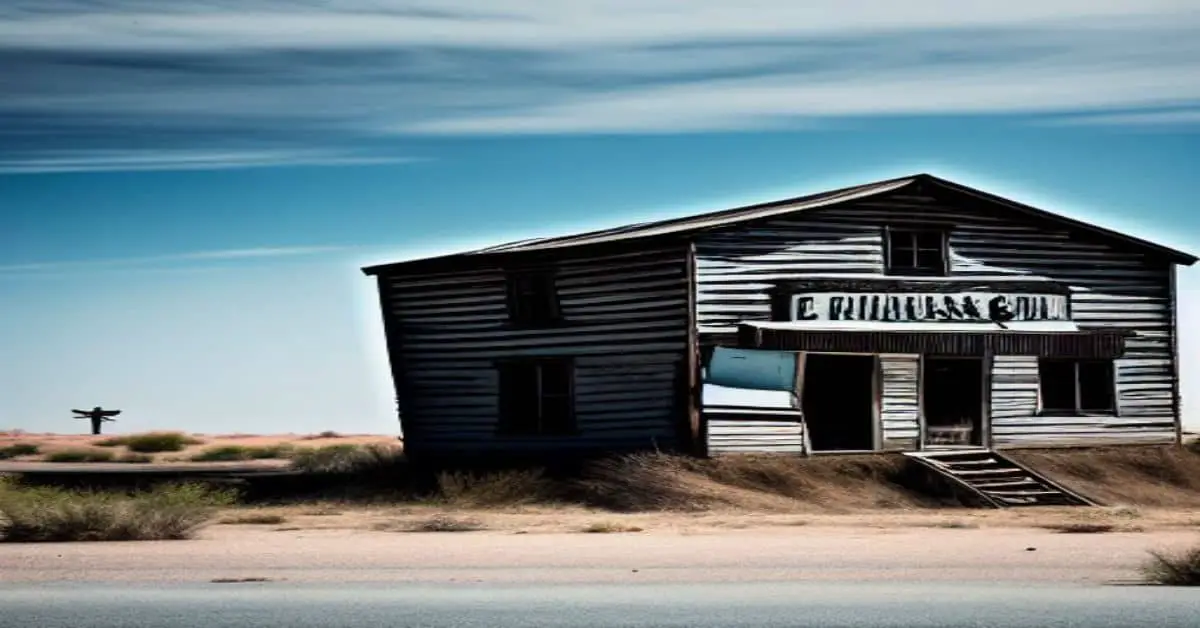Tucked away in the heart of Idaho lies a small town that was once bustling with life and activity. However, as time passed and the town was off the beaten path, it slowly became a ghost town. The abandoned buildings that were once a cornerstone of the community were left to decay, and the town’s history and memories were slowly fading away.
But now, a new chapter is beginning for this forgotten town as a couple of brothers from Boise have taken on the challenge of renovating the old school buildings into a retreat center. The journey to revive Albion has been a long and arduous one, but the efforts of these brothers have breathed new life into the town. The once-abandoned buildings are now undergoing a transformation, and the town’s rich history is being preserved for future generations to enjoy.
In this article, we will delve into the history of Albion, explore the abandoned buildings that are being renovated, and look to the future of this once-forgotten town as a thriving retreat center.
Key Takeaways
- Albion, Idaho was once a thriving town that became a ghost town due to being off the beaten path.
- The Albion Normal School, which closed after World War II, was the town’s primary source of income and employment.
- The renovation project by two brothers from Boise involves using advanced techniques to remove asbestos while maintaining the original architecture of the structures.
- The retreat center will provide a unique experience for visitors and has the potential to boost tourism in the area, bringing in more revenue for the community.
Location and History
Albion, a small town in Idaho with a population of only 300, has a history rooted in the Idaho State Normal School. The school was founded in Albion in the latter part of the nineteenth century, and it was the town’s prime income and employment source. The school’s closing in 1951 after WWII significantly impacted the town’s economy. With the coming of the interstate system, Albion found itself off the beaten path, and the town continued to decline.
The school’s remains include six large college buildings and several smaller ones. Abandoned buildings are now only used by birds and small animals but are still well-maintained. Danger signs warning of asbestos can be seen throughout the area.
The Albion Normal School was bought by a couple of brothers in Boise who are renovating the structures to make it a retreat center. The asbestos issues in the buildings are being addressed as part of the renovation project.
Abandoned Buildings and Renovation
The neglected structures in the small town have been renovated to transform them into a space suitable for family reunions, corporate retreats, and travelers visiting nearby attractions. The renovation project is led by a couple of brothers from Boise who purchased the Albion Normal School with the intention of restoring the buildings and preserving their historical significance.
To address the asbestos issues in the buildings, the renovation team uses advanced renovating techniques that prioritize historical preservation. The project involves removing the dangerous material while maintaining the original architecture of the structures. The team aims to provide a safe environment for guests while preserving the buildings’ historical value.
The grand opening for the first renovated building is scheduled for late June, and the renovation project is expected to continue for several years to come.
Future as a Retreat Center
With the transformation of dilapidated buildings into a space suitable for various events, Albion’s historical significance is set to become a prominent landmark for tourists and locals alike.
The renovation of the abandoned Albion Normal School project will create a retreat center for different events such as family reunions, corporate retreats, and travelers to Pomerelle Ski area and the City of Rocks.
This initiative will not only provide a unique experience for visitors but also has the potential to boost tourism in the area, bringing in more revenue for the community.
The impact of this project on the community cannot be overstated.
The retreat center will create job opportunities, and the influx of visitors will bring in more business for local shops and restaurants.
Moreover, the Albion Normal School renovation will preserve the town’s history, allowing visitors to learn about the area’s past.
This project is a prime example of how communities can repurpose abandoned buildings to revitalize their towns while preserving their heritage.
Frequently Asked Questions
What caused the decline of Albion beyond the closure of the Idaho State Normal School?
The decline of Albion was caused by economic factors beyond the closure of the Idaho State Normal School, including the town’s isolation from major transportation routes and the lack of new industries. These factors led to exploring abandonment of the town’s buildings.
Are there any plans to preserve the town’s history beyond renovating the Normal School buildings?
Preservation efforts for Albion’s history beyond the Normal School renovation are unclear. While the town’s significance lies in its past, no plans exist for creating a historical site or museum.
What is the current population of Albion, and have there been any efforts to increase it?
The current population of Albion is 300, and there have been no known efforts to increase it. As the Idaho State Normal School closed in 1951, the town has had no significant economic development.
Are there any notable landmarks or attractions beyond the Normal School buildings in Albion?
Exploring Albion’s landscapes may reveal few notable attractions beyond the Normal School buildings. Uncovering mysteries of the town’s history and abandoned structures may intrigue visitors interested in ghost towns.
Has the renovation of the Normal School buildings caused any controversy or opposition among residents or preservationists?
The impact of the renovation on Albion’s Normal School buildings and the local reception has not been reported. No information is available on any controversy or opposition among residents or preservationists.


